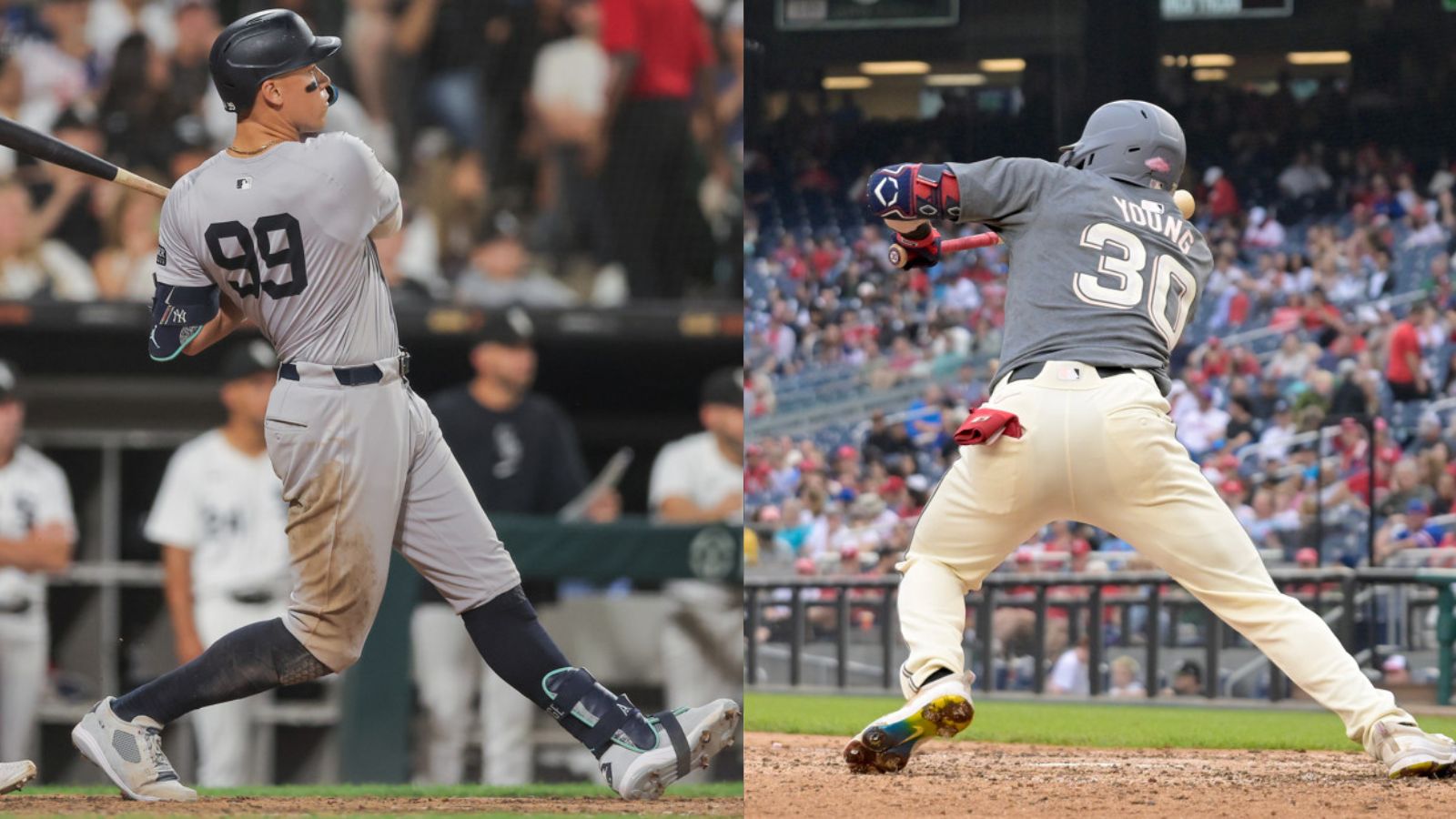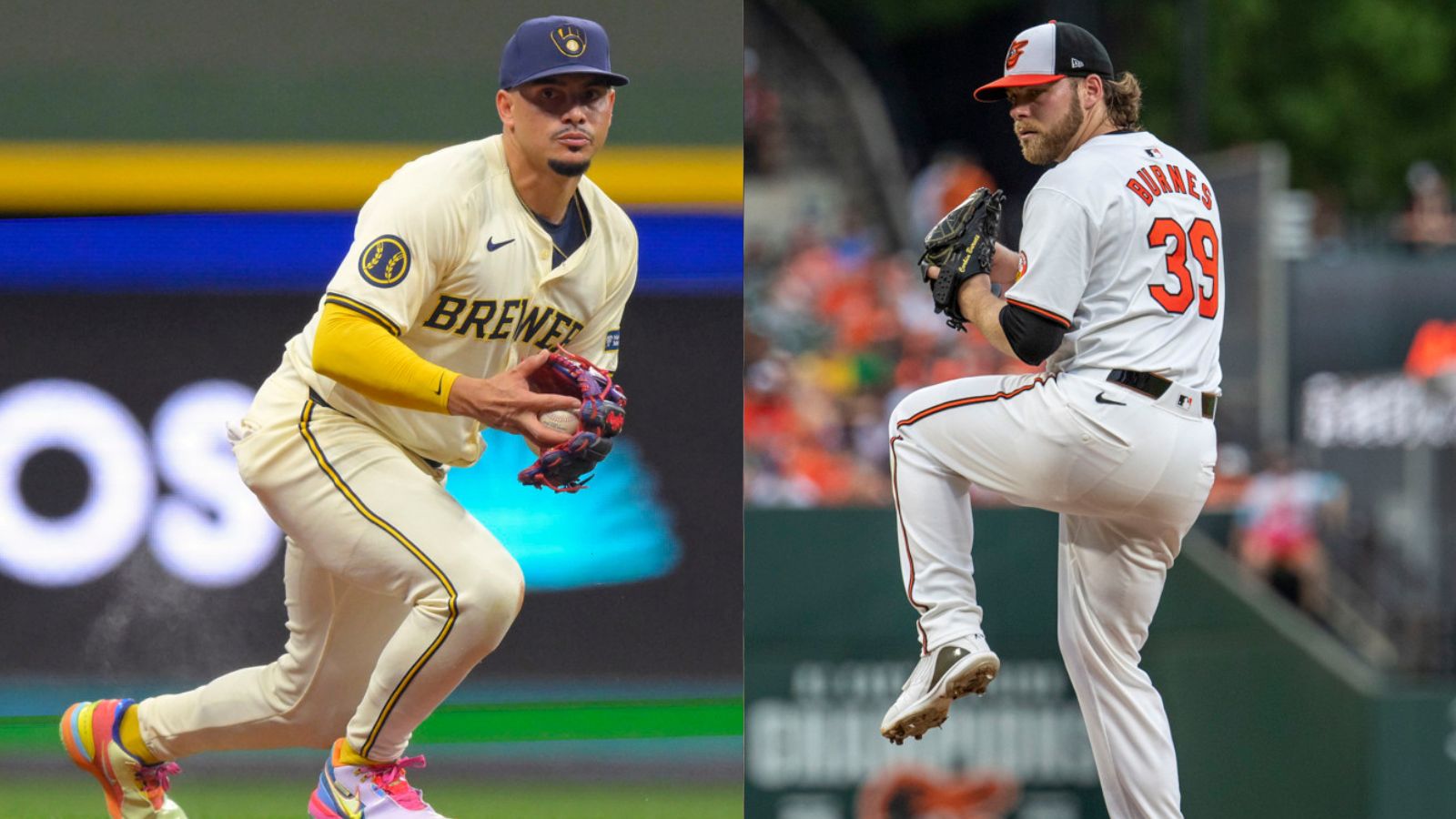By ANDREW ZENNER
Before 2018, Marco Gonzales had never been able to experience sustained success in the major leagues. The former first-round pick had compiled a 5.47 ERA and 5.03 FIP in 77 1/3 innings from 2014 to 2017. That lack of success made it easier for the Cardinals to part ways with him when they traded for Tyler O’Neill last July.
But so far in 2017, Gonzales has been a huge reason why the Seattle Mariners currently find themselves neck and neck with the Astros atop the AL West. The lefty has pitched to a 3.42 ERA and 3.20 FIP, with 69 strikeouts and 19 walks in 79 innings through 14 starts. He has been a stabilizing force—along with Wade LeBlanc and Mike Leake—in the Mariners rotation behind James Paxton.
What are the reasons for Gonzales’ success?
Health is one factor. Gonzales struggled through shoulder trouble in 2015 and had Tommy John surgery in 2016, which kept him out until last year. But there may be more to the story than that.
One glaring issue for Gonzales pre-2018 was turning the opposing lineup over. Between St. Louis and Seattle in 2017, he allowed a 438/.486/.762 slashline the second time through the order. In 2018, he’s trimmed that to a more modest .301/.358/.460 slashline, along with a .270/.308/.446 the third time through.
The cause for this particular development may be the changes he has made to his repertoire in 2018. Gonzales has added a cutter, which changes the way he uses his pitches.
| 2017 | 2018 | |
|---|---|---|
| Fastball | 53% | 36% |
| Curveball | 17% | 22% |
| Changeup | 31% | 24% |
| Cutter | 0% | 17% |
The cutter has not only been a successful pitch, it has allowed him to utilize his other four offerings much more evenly, which has likely kept hitters guessing more when he’s faced them a second and third time.
While his repertoire adjustments have been a major positive, there are some other factors in play that can help explain his early success.
One thing Gonzales has always been is a pitch-to-contact pitcher. His 82 percent contact rate this year ranks just outside the top 10 in MLB, consistent with his 81 percent career rate. For a pitcher with that profile, limiting hard contact, keeping the ball in the ballpark and keeping hitters off-balance are highly important.
Gonzales has been good but not great in limiting hard contact. But his fly ball rate is only 25 percent, a figure bettered by only Clayton Richard, Ty Blach, and Dallas Keuchel. As a result, only nine ERA title qualifiers have allowed fewer home runs per 9 innings than Gonzales this season.
As for making hitters uncomfortable, Gonzales has both a chase rate (33 percent) that rates among the 20 highest and a zone-swing rate (64 percent) that rates among the 20 lowest among qualified pitchers.
In other words, he’s been able to make hitters chase at an elite rate and watch pitches go by at an elite rate. Only nine pitchers have a similar difference between those rates – among them are Kyle Hendricks, Patrick Corbin, Zack Greinke, Masahiro Tanaka, Carlos Carrasco, Chris Sale and Jose Berrios.
With that, Gonzales has the highest fastball called strike rate in the majors (46 percent). For that, he can partly thank one of the better pitch-framers in baseball, Mike Zunino, who ranks seventh in Sports Info Solutions’ Strike Zone Runs Saved stat this season.
While it may be premature to label Gonzales as a bona-fide mid-rotation starter, his results in 2018 have been encouraging. His new mix has allowed him to pitch deeper into games, and the combination of his getting called strikes and keeping the ball out of the air help him avoid damage without missing bats.
Mariners fans have much to be excited about in 2018. Gonzales’ pitching is another thing to add to that list.


